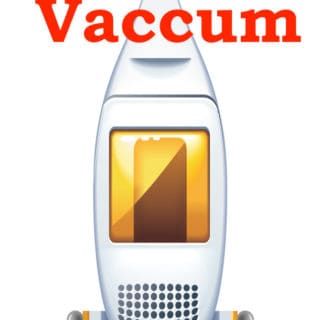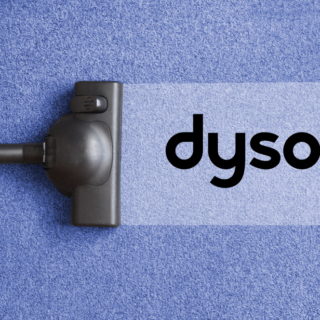
If you’re wondering whether a bagged or bagless vacuum is right for you, then it is important to know how to manage a bagless vacuum properly. Many of the complaints which are published about bagless vacuums regarding messes or problems with suction are usually the result of unintended consumer mismanagement.
Here are the proper management techniques that you’ll want to implement to get the most value out of a new bagless vacuum.
#1. Don’t wait until the container is completely full to empty it.
Most bagless vacuums are designed to be emptied when they are about 75% full. If you wait until your dirt and debris are coming close to that max fill line, you run the risk of having fur and other sticky debris remaining in the container. Make sure to turn off the vacuum before removing the container. Then, if you can’t empty the container outside, make sure it is deep within a trash container so you don’t have particles return to your environment.
#2. Check your filters at least once per week.
Bagless vacuums today usually have a lifetime HEPA filter. There may be additional pre-filters to limit dust as well. Make sure that you check on your filters at least once per week so they can function properly. Immediately replace a filter that looks damaged or is stained with dirt. Some filters can be washed and reused, but do not use a washed filter until it has completely dried. Always follow the guidelines recommended by your vacuum’s manufacturer.
#3. Clean your vacuum about once per month.
Dust clogs up the suction passageways in every vacuum cleaner – even Dyson models – if you don’t regularly clean them. Use a damp rag to remove the lingering filth from the container. Remember to wipe off any support mechanisms that are within the container as well. Then allow it to dry before using the vacuum once again for the best possible results.
#4. Don’t assume your vacuum can suck up everything.
There will always be times when you accidentally vacuum up a toy, a coin, or even a popcorn kernel that is stubborn about going into the container. If you have sucked up something larger and you see it in the container, stop vacuuming immediately and retrieve it. Large items in a container can cause dust to back up into the filters or clog the hose with surprising quickness.
#5. Find those hidden clogs.
Clogs can happen at any point in the dirt removal process with a vacuum cleaner. If you notice a reduction in suction, then you have something that is stuck somewhere. For pet owners, it means there is a likely hair clog somewhere in the hose. Use an object that isn’t sharp to remove the item if necessary, such as a table knife. Do so over a trash bag or receptacle if possible to avoid a larger mess. Remember to wash your hands thoroughly if you do need to use your fingers to remove the clog.
You can use a drain cleaning tool like this one to remove tough clogs from a vacuum hose as well.
Managing a bagless vacuum can be simple and easy when you’re proactive about what needs to be done. Pick up large items before vacuuming, don’t wait to dump the container, and you’ll be able to avoid the common complaints that come with bagless ownership.






